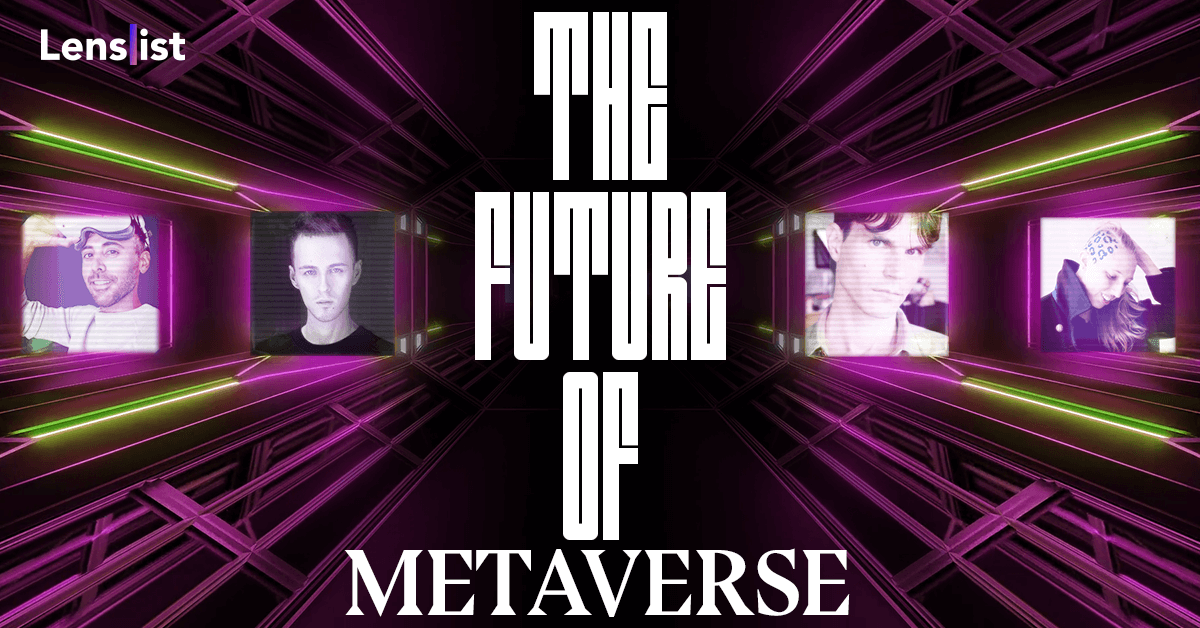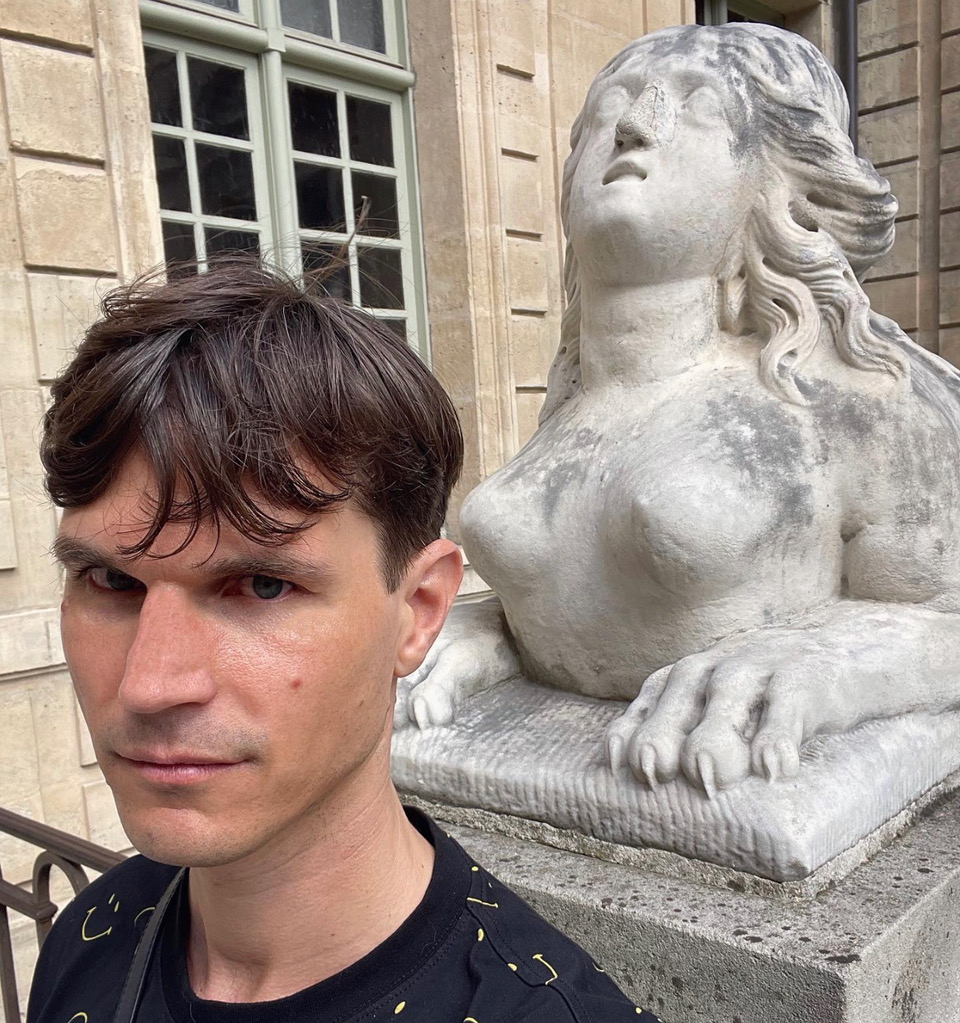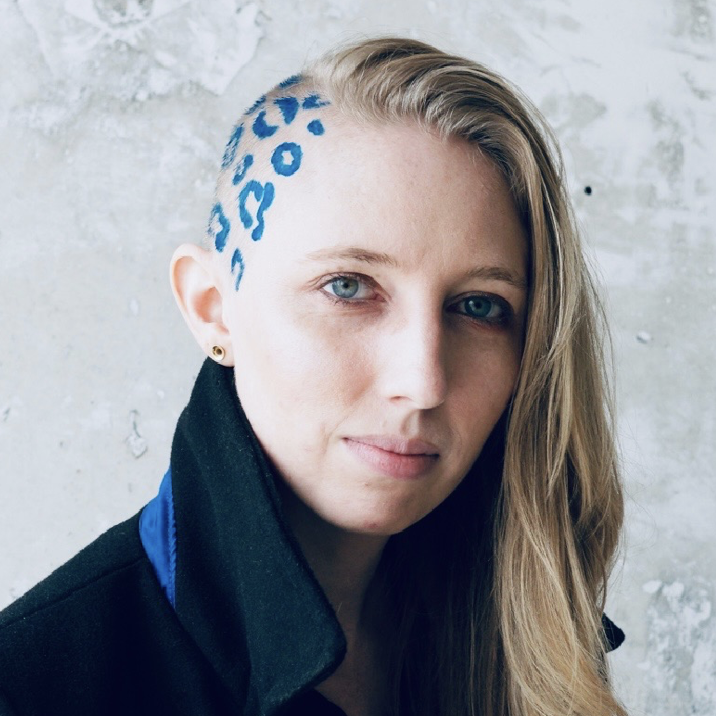The Future of… Metaverse

As we are constantly dealing with twists and challenges of the digital world, we are at the same time curious to see what they will bring in the future. What will be the further evolution of virtual technology and how will it affect our daily lives?
That’s why, we would like to invite you to take a closer look at our new format, where we will pass the voice to those who are most in tune with the subject – AR Creators and specialists. In this series, we will be asking them some questions about what different areas of our lives will look like in the future – in the context of AR, VR, and XR technology development.
We have invited 4 experts: Ben Desai, Gijs Wahl, Denis Rossiev, and Hall Hoyt.
As we are just embarking on this inspiring journey, we want to start with the broad concept of Metaverse – as a warm-up, and in next articles, we will already be focusing on detailed issues. Let’s get started with the questions!
⭐️⭐️⭐️
QUESTIONS
How do you see the future of the Metaverse? Right now the Metaverse is in its early stages, but is it eventually going to become a space where we interact with each other on a daily basis? Or maybe it’s not bounded by any space and enabled by AR in a form of a real-world metaverse? Tell us about your vision: of this technology, how you think it’ll evolve, and its role in our lives.
 Ben Desai
Ben Desai
Our Lenslist database includes thousands of Instagram, Snapchat and TikTok effects. Every one of them is teased by a demo video, has a direct link that opens it on mobile social apps, and is tagged depending on its style and functionalities it uses. To help you take full advantage of Lenslist, we've linked some tags related to the filters mentioned in this article. Don't hesitate to try them out!
Currently, the “Metaverse” is a very broad term with no one exact definition covering meetups in virtual spaces, interoperability between platforms & digital goods – and even payments through cryptocurrency. Through this wide-ranging definition, it’s possible to imagine how elements of the metaverse are in their early stages already and how this concept will become a big part of our lives in the years to come. Whether that means new types of the interactive shopping experience, more people using connected or decentralized virtual reality experiences, or through simply enhanced virtual meetings and meetups using AR & VR. These visions of a more technological future in some way shape or form fit under our expectations of what the Metaverse could be.
Bottom line, new tech and opportunities will make many of our daily digital activities more immersive, simpler, more social, and just plain fun. As VR continues to improve, it will become natural and common for even casual users to pick up a headset and dive into an immersive experience for learning or entertainment. The quality and realism of VR will become comparable to real life within the next 10 years and this will change what we expect from digital meetings, gaming and even branded experiences.
But these exciting new digital experiences will not just be confined to VR, mixed reality will be a rich new playing field. Especially with the upcoming releases of new mixed reality headsets by Apple and Meta just around the corner, the mixture of the physical and digital experiences will revolutionize the way we expect to receive information. I believe these advancements to XR wearable devices will usher in a new way to use technology and make the metaverse accessible to users however and wherever they see fit.
Gijs Wahl
Gijs is an AR designer based in the Netherlands. He believes that AR constitutes a form of art that enables a much more dynamic relationship between maker and user. His conceptual and refined works never fail to amaze us.
At first, people will imagine a metaverse as a place, and most of us will design it as if it was an extension of our own physical environment. It will have clothes, roads, flowers etc. This will make sense from a cultural point of view, as we like to create reality by duplicating what we now believe reality consists of. It also makes sense on a commercial level: what is sold in real life, may be sold through a metaverse. It may even become easier to sell it that way.
And that gives us a clue: a metaverse is not a place, it is a means of exchange: a means of communication. So while we think we are learning to build a metaverse by designing objects, as if it was an architectural quest, we are actually learning a new language. And this new language is not going to extend reality as we understand it, it is going to change it beyond the comprehension of our current view of reality. This language will then start to shape how things look, instead of the other way around. Digital clothes will not have the same meaning any longer, and nor will digital roads and flowers. But we are not there yet. Perhaps if we try to design as poetic and open as possible, and try to not fill too many new gaps with old solutions, we will start to get a feeling of this new reality.
 Denis Rossiev
Denis Rossiev
Denis is an award-winning Augmented Reality artist who cleverly combines trends and the latest technology to create spectacular, moody, and energetic filters. You may know him from our weekly selection, as he appears there pretty often.
As you probably know, the definition of “metaverse” was introduced in Neal Stephenson’s “Snowcrash” in 1992 and was described as a digital space where people can enter using a kind of virtual reality glasses. An important feature of this world was its uniqueness: there was only one digital world, only one “The Metaverse”.
Nowadays there are too many different and competing corporations, platforms, apps, services, and standards, so building a global and common digital space seems not possible even in the future. Doesn’t matter how perfect some digital space could be, someone always will not satisfied enough, it always will lack some features. Someone will want an ultra-censored safe space, and someone will want freedom.
So it’s fine how it works now. But I was thinking about what we actually don’t have even with all our spectacular technologies and figured out: it’s interoperability.
So here is my vision I called Multi-Layered Metaverse. I’ll try to explain shortly.
1️⃣ Imagine we have a group chat on Telegram: it’s a text layer.
2️⃣ What if we want to speak? Telegram has a voice chat, but voice chatters are disconnected from texters. Imagine text messages are automatically announced to voice chat, and voice is transcribed to text for people who can’t listen now.
3️⃣ Our group is a world. When I’m not busy, I can turn on the 2D layer and see our cute 2D avatars sitting in a 2D bar or backyard. I still can read texts and hear voices, but now I can walk in this world and interact with other’s avatars and objects.
4️⃣ If I’m using a powerful computer, I can turn on 3D mode.
5️⃣ If I have VR, I can immerse myself into our location: and I still can see texts, and hear voices and when I walk in VR or 3D, my avatar on the 2D layer also moves.
6️⃣ And finally, when I walk into a physical bar, I can turn on the AR layer and see how visitors are augmented with their avatars, can see their names (and Tinder ratings! lol), etc.
So my idea is that the metaverse is not a digital space, but a link between everything, that probably will realize as a global AR Cloud/Layer running on AR glasses and seamlessly connected do objects in physical and digital worlds.
All this should help people to become more connected, productive, and creative, by melting cultures, and exchanging languages, knowledge, and experiences.
Hall Hoyt
Hall is the head of the AR Developer Community at Lightship. Together with the team, they’re trying to build out the real-world metaverse at Niantic. Now that you have met our wonderful guests, we would like to hear their opinions – let’s see what they think the future holds!
The metaverse will absolutely be where we spend most of our time in the future. Once we have lightweight AR glasses and the right telecom infrastructure, we will be able to seamlessly enter the metaverse everyday to consume content, connect with others, and discover information – similar to how we leverage mobile devices now, however, the experience will be immersive and localized!
I am specifically drawn to building out a real-world metaverse infrastructure that allows people to tie content to places. Think about it, right now AR is distributed mainly through social media, but when you make the entire physical world your distribution channel you have the opportunity to engage with content that is specific to your location and content that even interacts with your exact environment.
In the future, a user could “follow” a local creator or brand’s “AR channel”. That user would then get to see the content those channels specifically drop in their neighborhood. Or perhaps the user follows one of their friends and that friend places AR content in a local park, the content persists, and only their “close friends” can see it. This gets the user outside, seeing how others are interacting with local spaces, and beginning to connect with the local community in a new way.
I see the real-world metaverse (coined by Niantic CEO, John Hanke) as a platform that connects users on a local level, connecting them to the culture and people of a place, and strengthening the fabric of local communities.
While I am focused on building out the real-world metaverse with AR at the moment, I do think we will end up with a hybrid metaverse. I see multiple channels of distribution and connection – everything from VR to AR, to even text channels! I have seen a few very cool game prototypes where one user does something in VR and it has an outcome in AR for users who are engaging with the game outdoors, and vice versa! This brings together the localized and in-person connection of the real-world metaverse that I love so much, but also allows for inclusion and participation of folks from across the country or even the world!
Eventually, I want metaverse creation tools to be easy enough for anyone to use. Think about how Tik Tok redefined short-form video creation and distribution, making video effect software anyone can use. I want to see AR tools that allow the average person to create something in AR and share it in their local community or at a global level!
The future of AR content is collaborative and is user generated – I can’t wait!
Advice for people interested in the metaverse:
As we saw with AI, emerging technologies can magnify existing class structures, racial and gender bias, and more. We need multiple perspectives to be a part of the building of the metaverse. Start educating yourself today. Right now you can still affect the direction of the metaverse, in two years you might be too late. We need diverse representation, we need street artists to turn into creators, we need activists to turn into technologists. Let’s make sure the metaverse, along with the companies and technologies that support it, do not turn into a black box. Come join us in building the future in a responsible and ethical way that includes many narratives and perspectives!
We really hope that you enjoyed this new format. If so, we’d like to invite you to share your own visions of the Metaverse with us on our social media platforms! You can also help us choose the themes for future articles there. Don’t miss out on it and get prepared for the next articles in our “The Future of…” series.
Stay tuned and see you very soon!
